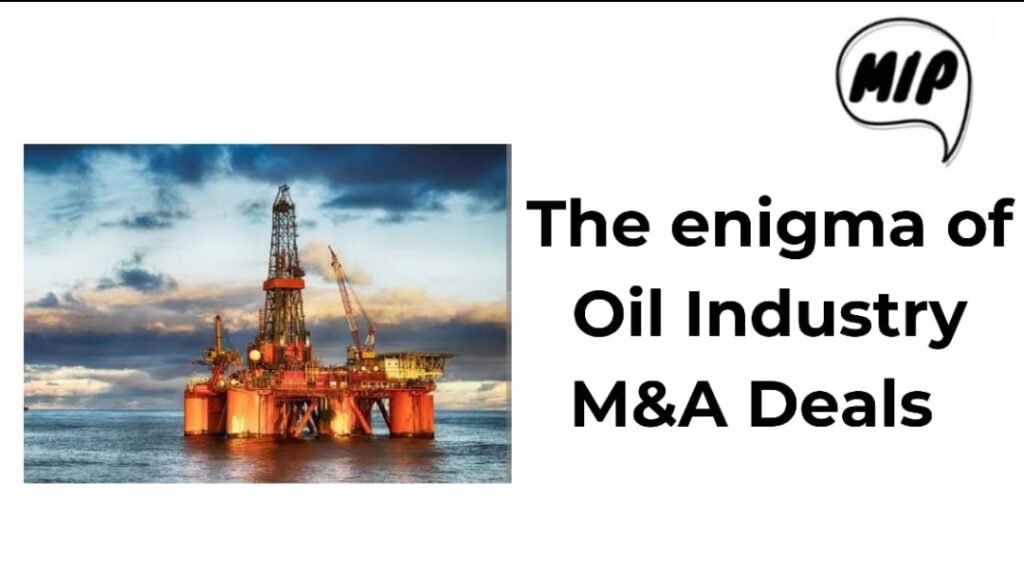
In the complex world of M&A deals, the motivations driving both sides are profound. For industry giants ExxonMobil Corp. and Chevron Corp., whose recent deals exceeded $100 billion each, the mission is crystal clear: they aim to safeguard their future in the ever-changing landscape of the oil industry.
However, the enigma lies in the minds of the sellers—who they are, why they’re selling now, and why they’re agreeing to these deals at current prices.
Indeed, these sellers are sealing all-stock agreements precisely when their shares are soaring at or near record highs. This strategy guarantees them a lucrative valuation while retaining the option to benefit from any future rise in the buyer’s share price.
Yet, this strategic move comes at a substantial cost: the sellers are settling for meager premiums on their stock valuations. Pioneer Natural Resources Co., for instance, agreed to a mere 9% premium when it merged with Exxon on October 11, while Hess Corp. accepted a 10% premium from Chevron.
These transactions mirror a broader trend in the North American energy sector, where M&A deals have surged to a staggering $270 billion year-to-date.
Surprisingly, the average share premium in these deals has hit a 25-year low, hovering slightly above 9%. To put this into perspective, between 1998 and 2022, the average premium stood at about 26.5%.
This shift raises intriguing questions about the underlying dynamics at play, leaving industry experts and analysts deciphering the motives behind these strategic moves in the oil industry’s ever-evolving landscape.